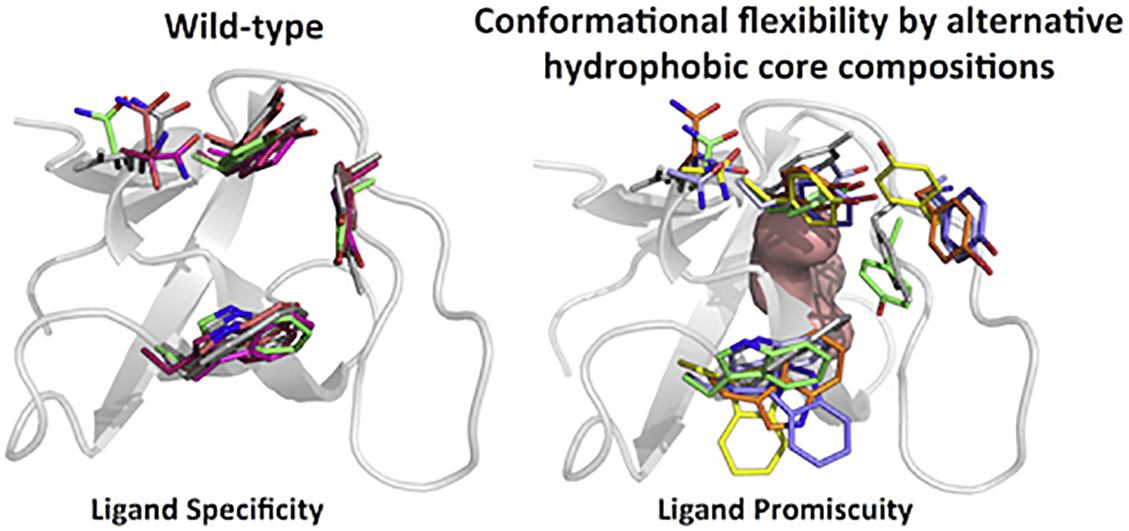Our company focuses on allosteric site redesign to enhance ligand affinity in the enzyme redesign. Allosteric site redesign for altered ligand affinities in enzyme design involves modifying the structural and functional properties of enzymes to enhance or alter their interactions with ligands at allosteric sites. We could offer a range of services to support our clients in their drug discovery and development efforts.
Our Services
- Allosteric site identification
We employ advanced computational techniques and structural analysis to identify potential allosteric sites in your target enzyme. This initial step lays the foundation for subsequent redesign efforts.
- Structural characterization
Our team utilizes state-of-the-art techniques, such as X-ray crystallography, cryo-electron microscopy (cryo-EM), and NMR spectroscopy, to determine high-resolution structures of your enzyme, including the allosteric site. This structural information serves as a crucial guide throughout the redesign process.
- Computational modeling and simulation
Using molecular dynamics simulations and computational modeling, we investigate the dynamic behavior of your enzyme and its interactions with ligands. These simulations provide valuable insights into conformational changes induced by ligand binding and aid in identifying potential mutations or modifications for allosteric site redesign.
- Rational design and mutagenesis
Based on the structural information and computational insights, we employ rational design strategies to engineer the allosteric site and ligand interactions. This can involve site-directed mutagenesis, protein engineering, directed evolution, or fragment-based design to optimize ligand affinities and selectivities.
- Screening and characterization
We conduct comprehensive biochemical and biophysical assays to screen and characterize the engineered enzymes. This includes enzyme activity assays, binding assays, kinetic measurements, and thermodynamic analyses. These experiments validate the effectiveness of the allosteric site redesign and identify enzymes with the desired altered ligand affinities.
- Optimization and iterative design
Based on the results obtained from screening and characterization, we iteratively optimize the engineered enzymes. This involves fine-tuning through additional rounds of mutagenesis, computational modeling, and screening to improve ligand affinities, selectivities, and functional properties.
- Application and development
Once enzymes with the desired altered ligand affinities are obtained, we support their further development for specific applications. This may include validation in relevant biological systems, optimization for stability and expression, scale-up production, and formulation for potential therapeutic or industrial use.
Our company is dedicated to advancing your drug discovery and enzyme engineering projects, empowering you to explore new therapeutic possibilities and revolutionize the field of biotechnology. Please contact us and start our cooperation.

































 Fig. 1. Alternative core packing compositions alter ligand affinity and specificity. (Ben-David, M.; et al., 2019)
Fig. 1. Alternative core packing compositions alter ligand affinity and specificity. (Ben-David, M.; et al., 2019)